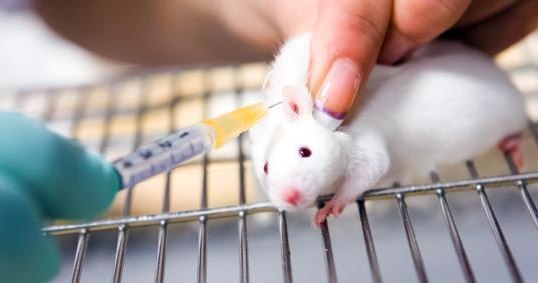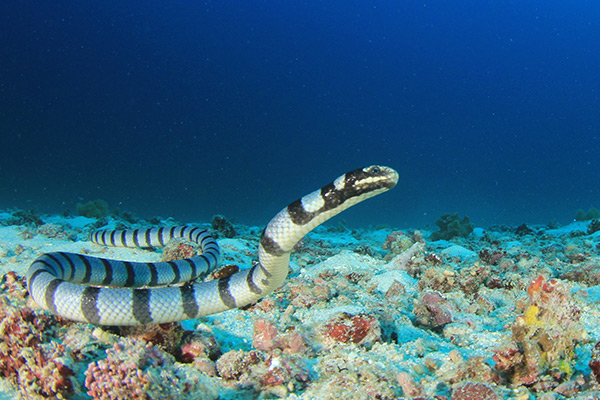Animal testing could end in America by 2035, announces EPA
08/28/2020 / By Divina Ramirez

The debate surrounding the practice of testing using animals had remained a stalemate for the longest time. The Environmental Protection Agency (EPA), however, has finally stepped in and announced that it will stop requiring animal testing on the chemicals it evaluates come 2035.
The announcement garnered strong reactions from both scientific circles and animal rights groups. Those in opposition to animal testing applauded the EPA’s decision, citing the antiquated methods and inaccurate results of animal testing as grounds enough for the ban.
But scientists in support of animal testing blasted the decision, arguing that a ban nullifies its role in keeping dangerous chemicals from getting into consumer products. Others argued it remains the sole testing process robust enough to gauge the impact of chemicals on people of different ages, genetics and health backgrounds.
Nonetheless, the EPA remains optimistic that its hard 2035 deadline affords scientists enough time to enhance existing non-animal testing techniques.
Ban on animal testing elicits strong reactions from both pro and anti groups
Experts estimate that hundreds of thousands of animals are killed every year in trials and experiments designed to gauge the safety and efficacy of substances for human use. For instance, the EPA is one of several agencies that rely heavily on animal testing to evaluate chemicals in products like pesticides.
But on top of ethical issues surrounding the topic of animal testing, results of animal tests are often unreliable and misleading, said Justin Goodman, a member of the animal rights group the White Coat Waste Project.
The EPA has also admitted that animal testing is expensive and time-consuming. Therefore, testing methods that do not use animals could help researchers evaluate chemicals faster and more accurately, at a fraction of the cost.
In addition, facilities and laboratories that engage in animal testing also often dispose of chemicals and other supplies used during the testing process. Critics argue that these substances contribute to pollution. Therefore, the EPA’s decision might also have positive implications for the environment, added Goodman.
But not all environmental advocates share the same sentiments. Jennifer Sass, a senior scientist at the environmental group the Natural Resources Defense Council, expressed grave concern over the recent announcement.
Scientists need animal testing to study health conditions that are still not fully understood, such as cancer and infertility, said Sass. Cells in Petri dishes also cannot stand for entire animals, she added.
Sass also expressed concerns that the decision is going to give the chemical industry too much control over developing non-animal testing methods that might lack scientific rigor. Most non-animal tests are done by contractors, and this can make it difficult for experts to evaluate the methods used to test chemicals, she added.
Ann Bartuska, an ecologist and a senior official at the Department of Agriculture, noted that Sass raised important points. She said that non-animal testing methods need to be transparent so that experts can evaluate their safety and efficacy.
Bartuska added that although it’s important to be cautious, something still has to change. She said that the EPA has set a long enough deadline to ensure that scientists can test and develop non-animal alternatives before it bans animal testing.
In fact, the EPA already announced plans to invest $4.25 million in developing modern means of testing, such as computer programs and the so-called “organ-on-a-chip” – a testing technique that involves cultivating human cells on computer microchips to mimic entire organs.
The EPA could set a precedent for other agencies
Other groups opposed to animal testing have also lauded the decision for its potential to act as a precedent for agencies that still use animal testing.
Both the Food and Drug Administration (FDA) and the National Institutes of Health (NIH), for instance, have also been looking to reduce or replace animal testing altogether.
That said, FDA spokesperson Tara Rabin said in a recent statement that the agency plans to continue using animal testing because of its importance in certain research areas, like life-threatening diseases.
On the other hand, the NIH announced in 2015 that it plans to stop research on chimpanzees and release its 50 laboratory chimpanzees to a sanctuary.
Scientists are still far from creating safe and efficient non-animal testing methods. Nonetheless, the EPA’s decision has great potential to encourage other agencies and organizations to reduce their reliance on animal-based studies and their use of animal testing. (Related: Animal drug testing can be a thing of the past; scientists now 3D-printing embryonic stem cells.)
Read more articles about non-animal testing techniques at FutureScienceNews.com.
Sources include:
Tagged Under: animals, biomedical research, biotechnology, EPA, FDA, future science, government
RECENT NEWS & ARTICLES
COPYRIGHT © 2017 RESEARCH NEWS


















